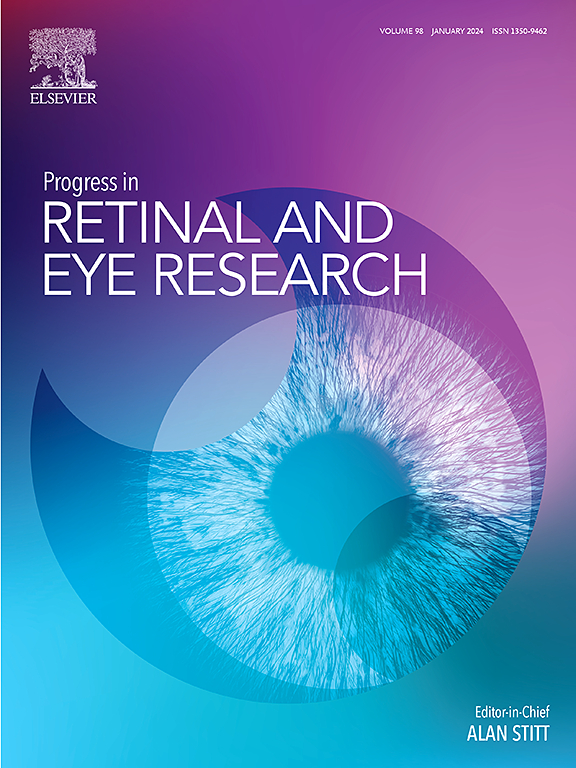Studies of the retinal microcirculation using human donor eyes and high-resolution clinical imaging: Insights gained to guide future research in diabetic retinopathy
Abstract
The microcirculation plays a key role in delivering oxygen to and removing metabolic wastes from energy-intensive retinal neurons. Microvascular changes are a hallmark feature of diabetic retinopathy (DR), a major cause of irreversible vision loss globally. Early investigators have performed landmark studies characterising the pathologic manifestations of DR. Previous works have collectively informed us of the clinical stages of DR and the retinal manifestations associated with devastating vision loss. Since these reports, major advancements in histologic techniques coupled with three-dimensional image processing has facilitated a deeper understanding of the structural characteristics in the healthy and diseased retinal circulation. Furthermore, breakthroughs in high-resolution retinal imaging have facilitated clinical translation of histologic knowledge to detect and monitor progression of microcirculatory disturbances with greater precision. Isolated perfusion techniques have been applied to human donor eyes to further our understanding of the cytoarchitectural characteristics of the normal human retinal circulation as well as provide novel insights into the pathophysiology of DR. Histology has been used to validate emerging in vivo retinal imaging techniques such as optical coherence tomography angiography. This report provides an overview of our research on the human retinal microcirculation in the context of the current ophthalmic literature. We commence by proposing a standardised histologic lexicon for characterising the human retinal microcirculation and subsequently discuss the pathophysiologic mechanisms underlying key manifestations of DR, with a focus on microaneurysms and retinal ischaemia. The advantages and limitations of current retinal imaging modalities as determined using histologic validation are also presented. We conclude with an overview of the implications of our research and provide a perspective on future directions in DR research.

 求助内容:
求助内容: 应助结果提醒方式:
应助结果提醒方式:


